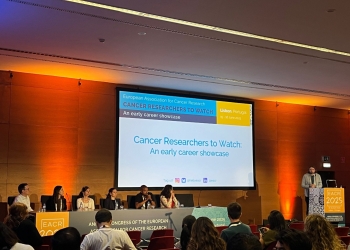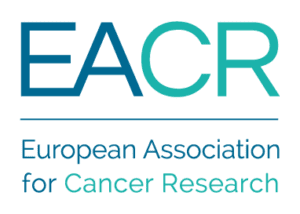Cancer immunotherapy, specifically checkpoint blockade of PD-(L)1 is designed to overcome mechanisms of cancer immune evasion. However, despite the significant advances achieved with checkpoint blockade therapies, there remains a pressing need to improve response rates, overcome resistance mechanisms, and enhance safety profiles.
The Phase 2 CITYSCAPE study tested blockade of TIGIT, another immune checkpoint, and demonstrated improved patient outcomes when tiragolumab (anti-TIGIT) was administered with atezolizumab (anti-PD-L1), as compared to atezolizumab alone in patients with untreated non-small cell lung cancer.
.
In this paper, the authors show that this enhanced efficacy was surprisingly associated with a high baseline of intratumoral macrophages (TAMs) and regulatory T (Treg) cells, both cell types typically associated with resistance mechanisms to PD-(L)1 blockade. Further, serum protein profile suggested that macrophage activation post treatment was associated with improved clinical outcomes, indicating a differentiated mechanism of action with a synergistic effect between the two therapies.
Preclinical investigations using murine tumor models suggested functional engagement of the Fc domain of anti-TIGIT antibodies was crucial in activating tumor and circulating myeloid cells synergistically with anti-PD-L1, and converting CD8+ T cells to a more memory-like phenotype.
.
Together, these findings suggest that this dual checkpoint blockade leads to better tumor control by (1) Improving the quality of the immune response, expanding tumor-specific, longer-lived T-cells resistant to exhaustion and (2) Reshaping the tumor microenvironment to become less suppressive and more proinflammatory (upregulating antigen presentation genes in TAMs and downregulating immune suppressive genes in T-regs).
This research underscores the potential of TIGIT blockade and the value of understanding intricate immune mechanisms for optimizing treatment strategies.
![]()










